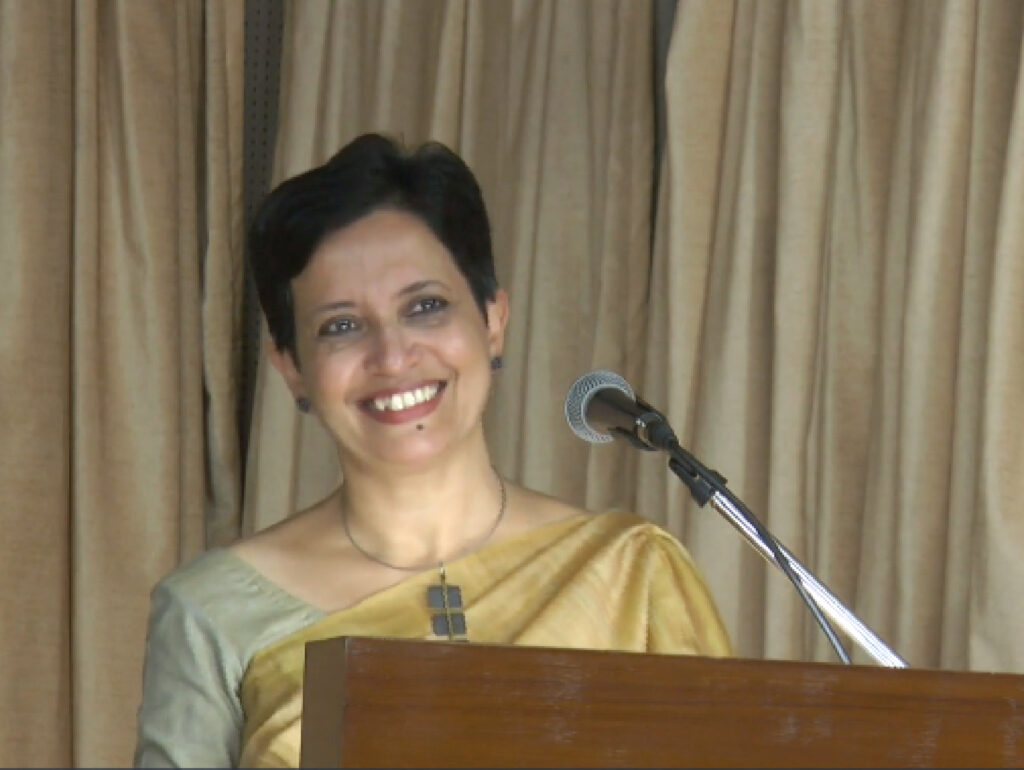Artificial Intelligence
Man and Superman: India’s Prospects in the Age of AI (Part 6)
Superman has to exist, for the most part, in a post-work society.
And now, we need to enter the realm of history, anthropology, and philosophy to look for answers.
In the beginning of time, Man hunted and gathered, sat around the fire telling stories. Man sang. Man danced. On the walls of caves, Man drew pictures. The beginning of civilization was when Man stopped to care for fellow-human beings.
>>>Man and Superman: India’s Prospects in the Age of AI (Part 5)
Does AI aid this threat, or can it hinder its nefarious progress? Let us contemplate the issue.
The primary tool of politics is the Narrative. The story. Example: Donald Trump’s declaration that the election has been stolen from him is a story that he has successfully sold to the American electorate.
>>>Man and Superman: India’s Prospects in the Age of AI (Part 4)
A parallel revolution will take place in education. Today, the world struggles with finding good teachers to educate children, young adults, and even adults because so much is changing and continuous education is essential to staying on top of one’s profession.
We’re definitely moving toward AI-enabled personalized tutoring at all levels now. ALL students – even those who are below average – with the help of personalized tutoring – will perform at an above average level.
And because this is ALSO a technology-driven solution, it is completely scalable.
>>>Man and Superman: India’s Prospects in the Age of AI (Part 3)
Tuberculosis is still rampant in the more resource-constrained areas of the world from India, Southeast Asia, and South Africa. There are about 10 million to 11 million TB cases every year. It’s still a problem. A lot of people still die from TB. So here, we have Indian AI technology addressing a big medical problem, and having a huge impact.
>>>Man and Superman: India’s Prospects in the Age of AI (Part 2)
Now, I stand before you in 2023. The world has evolved. AI has quickened pace. There is both good news and bad news in that quickening of technological advancement. Let us start with the good news.
India has leapfrogged to an extremely positive strategic position. Some of this is due to the movements in geopolitics. American hegemony has ended. China has emerged as a parallel power with imperialistic ambitions. The West wants India on its side to counterbalance China.
>>>Man and Superman: India’s Prospects in the Age of AI (Part 1)

(Sramana Mitra discusses India’s Prospects in the Age of AI at the Ramakrishna Mission Institute of Culture in Kolkata, India on November 3, 2023)
It’s a real pleasure for me to return to this forum after four years. Thank you very much, Maharaj, for having me again and again. History is evolving rather quickly at the moment.
>>>Building a Venture Scale AI Company: Observe.AI CEO Swapnil Jain (Part 6)
Sramana Mitra: What did AI do that was really unique to your product?
Swapnil Jain: We’ve always used LLMs in our tech stack. The key technology was transcription. A human doesn’t need to listen to a call. We can make it much more easier for them to understand the call. Then we also built a lot of NLP technology to further crystallize that. They won’t even have to go through the transcript or look at the keywords. We can just give them a summary. This was all not possible before.
>>>Building a Venture Scale AI Company: Observe.AI CEO Swapnil Jain (Part 5)
Sramana Mitra: We are in the 2018 timeframe now?
Swapnil Jain: Yes.
Sramana Mitra: What are the next few strategic moves that got you further?
Swapnil Jain: 2019 was a big product year. We had a product that we were shipping every day, but we didn’t know if this was strategic or not. The big strategic decision in 2019 was getting a strong VP of Product. If I look back, that is something I should have done sooner. I acted as a product leader, but I was not good.
>>>